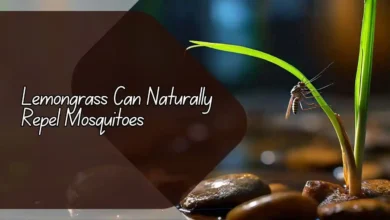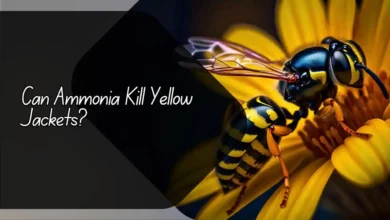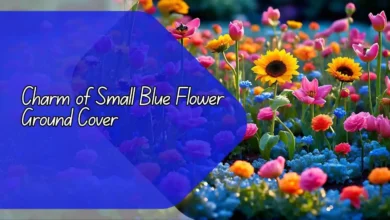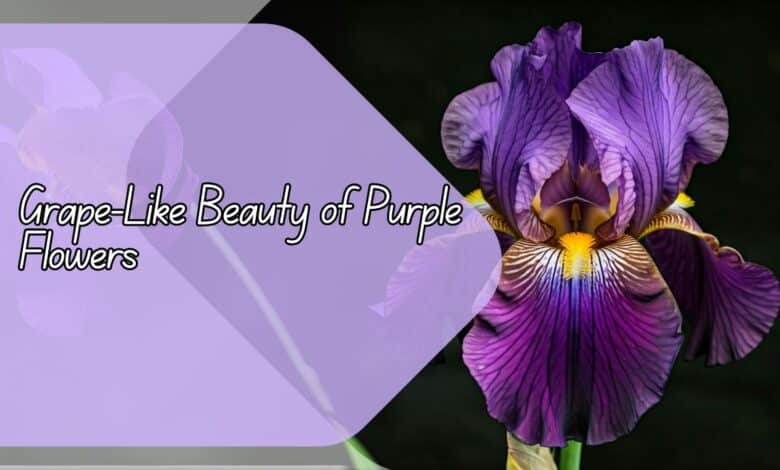
Discover the Grape-Like Beauty of Purple Flowers
In this article, we will explore the mesmerizing world of purple flowers, known for their grape-like beauty and allure. From lavender to lilac, purples flowers are a popular choice for gardeners looking to add a touch of elegance and sophistication to their outdoor spaces. We will delve into the various types of purple flowers, their characteristics, and how to care for them to ensure they thrive in your garden.
What are some common types of purple flowers?
Purple flowers come in a wide variety of shades, shapes, and sizes, making them versatile additions to any garden. Some common types of purple flowers include:
Lavender: Known for its soothing fragrance and vibrant purple color, lavender is a popular choice for gardens and bouquets.
Iris: With its unique, intricate petals, the iris adds a touch of elegance to any garden.
Lilac: The delicate blooms of the lilac bush are a favorite for their sweet fragrance and beautiful purple hue.
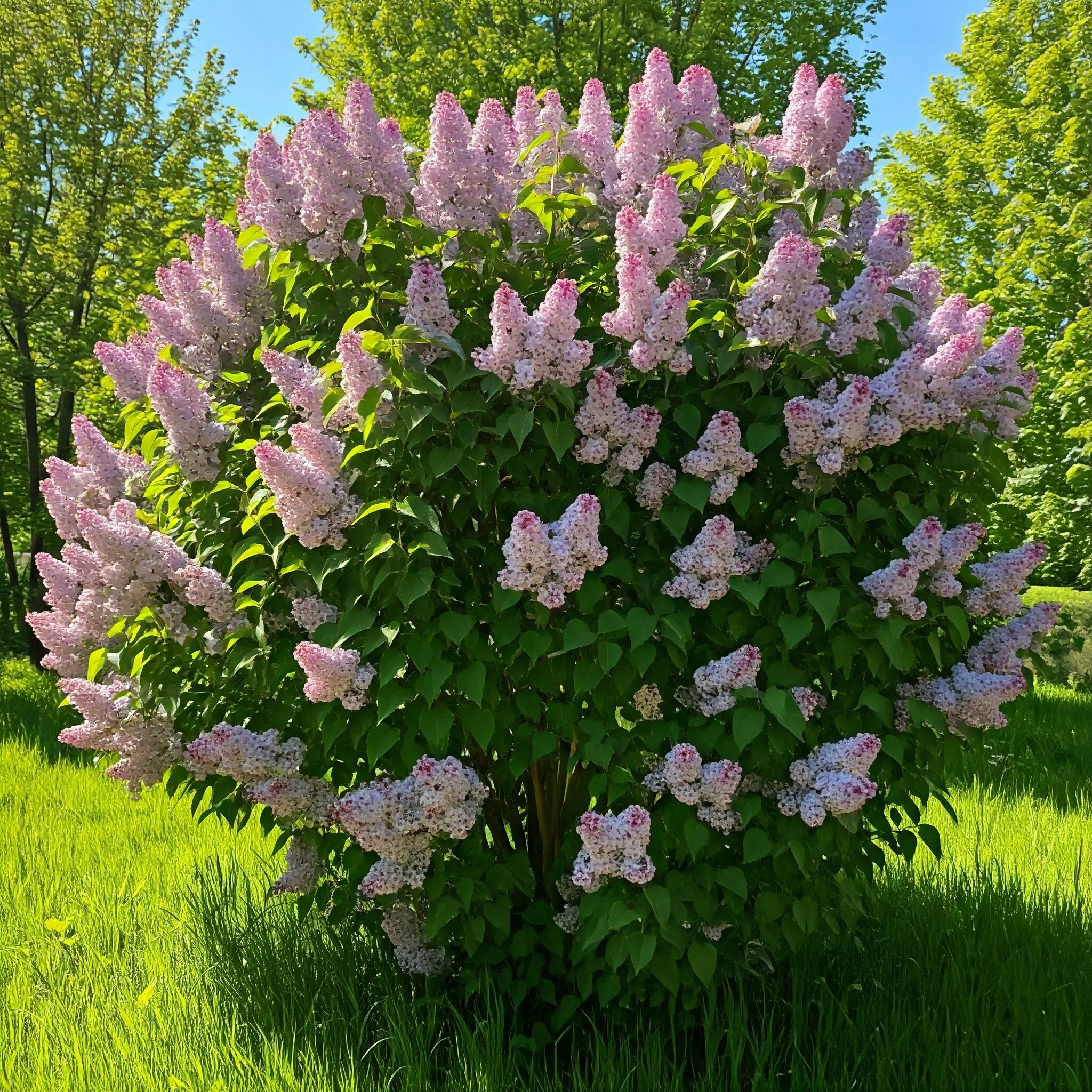
How do I care for purple flowers?
To ensure your purple flowers thrive, it is important to provide them with the proper care and maintenance. Some tips for caring for purple flowers include:
1. Planting them in well-draining soil to prevent waterlogged roots.
2. Providing them with adequate sunlight, as most purple flowers thrive in full sun conditions.
3. Regularly watering them, making sure not to overwater or underwater the plants.
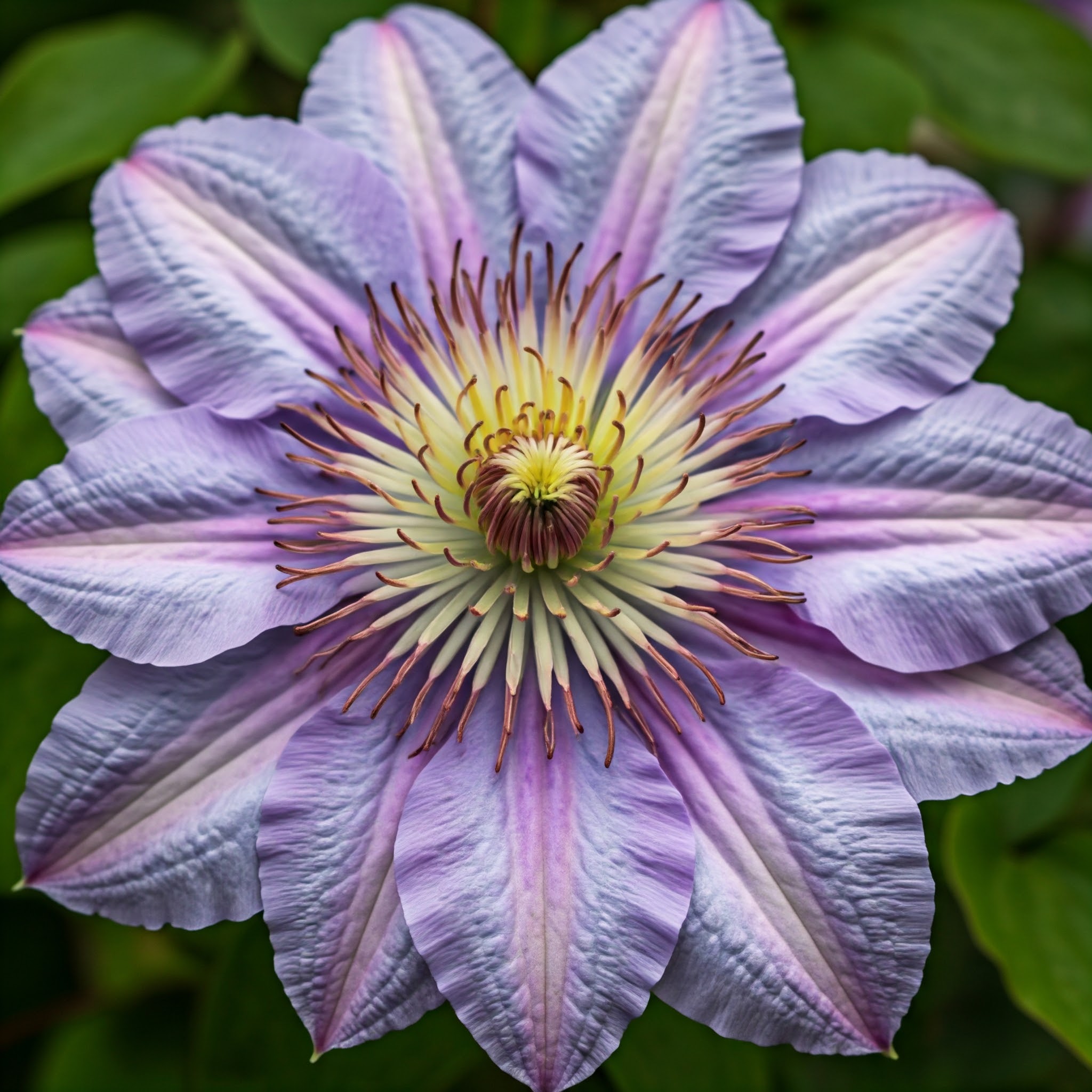
What are the benefits of planting purple flowers in my garden?
There are many benefits to planting purple flowers in your garden, including:
1. Adding a pop of color: Purple flowers can add a vibrant pop of color to your garden, creating a visually appealing and inviting space.
2. Attracting pollinators: Purple flowers are known to attract bees, butterflies, and other pollinators, helping to promote a healthy ecosystem in your garden.
3. Creating a calming atmosphere: The soothing hues of purple flowers can help create a relaxing and tranquil atmosphere in your outdoor space.
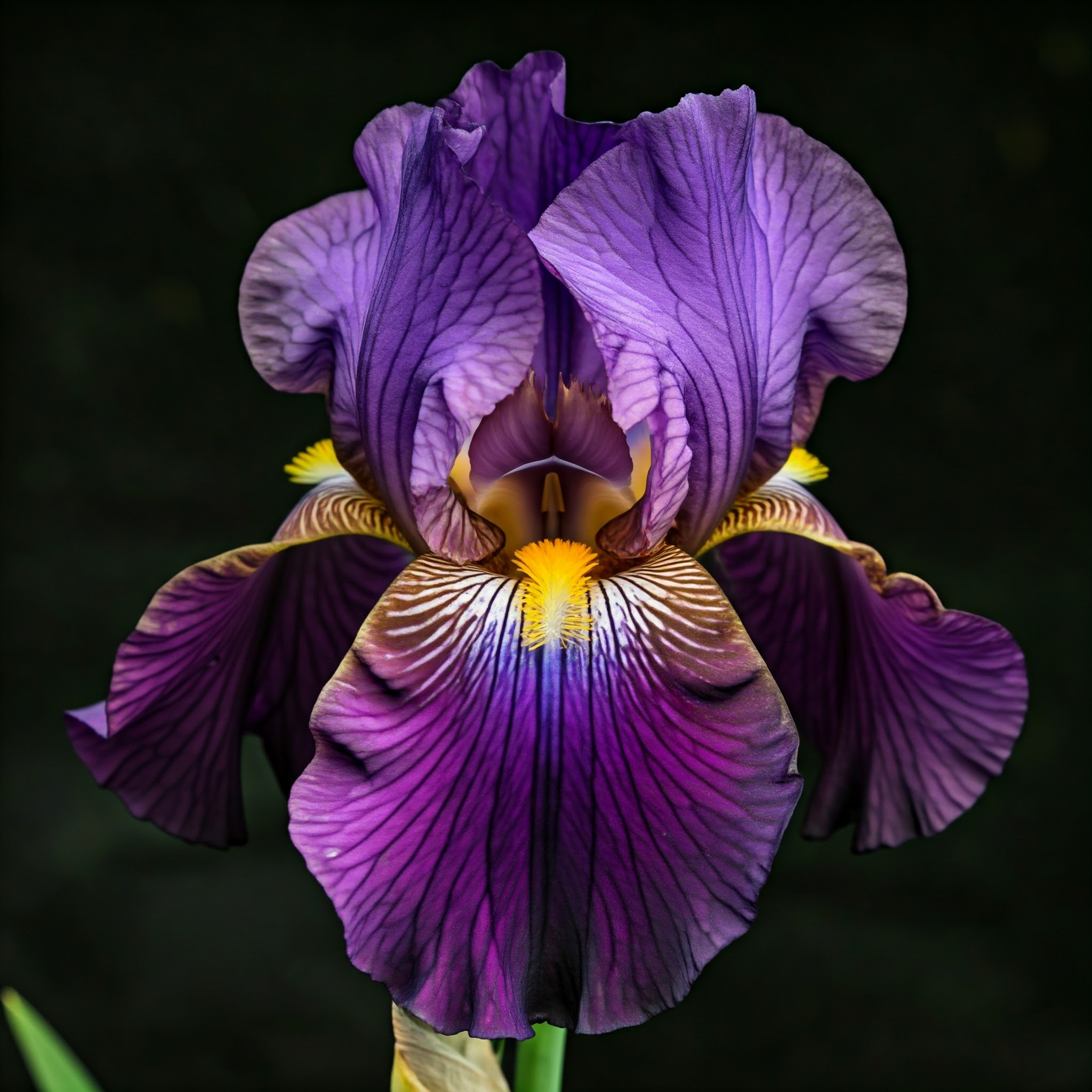
How can I incorporate purple flowers into my garden design?
There are many ways to incorporate purple flowers into your garden design, such as:
1. Planting them in clusters or borders to create a striking focal point in your garden.
2. Mixing them with other colors, such as white or pink, to create a visually appealing color palette.
3. Choosing a variety of purple flowers with different shapes and sizes to create a dynamic and diverse garden bed.
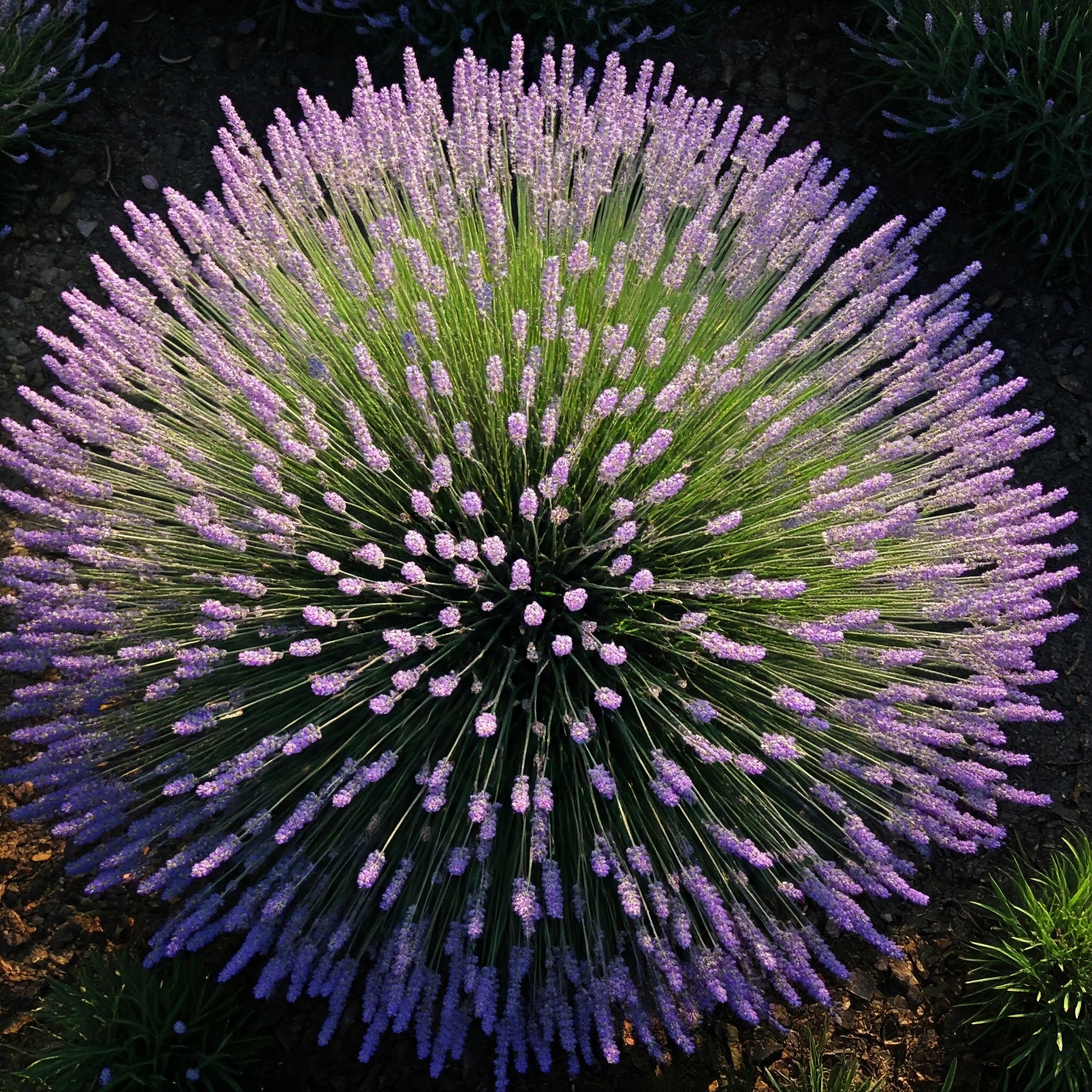
Are purple flowers easy to grow?
Yes, purple flowers are generally easy to grow, making them a great choice for beginner gardeners. With the right care and maintenance, most purple flowers will thrive in your garden and provide you with beautiful blooms year after year.
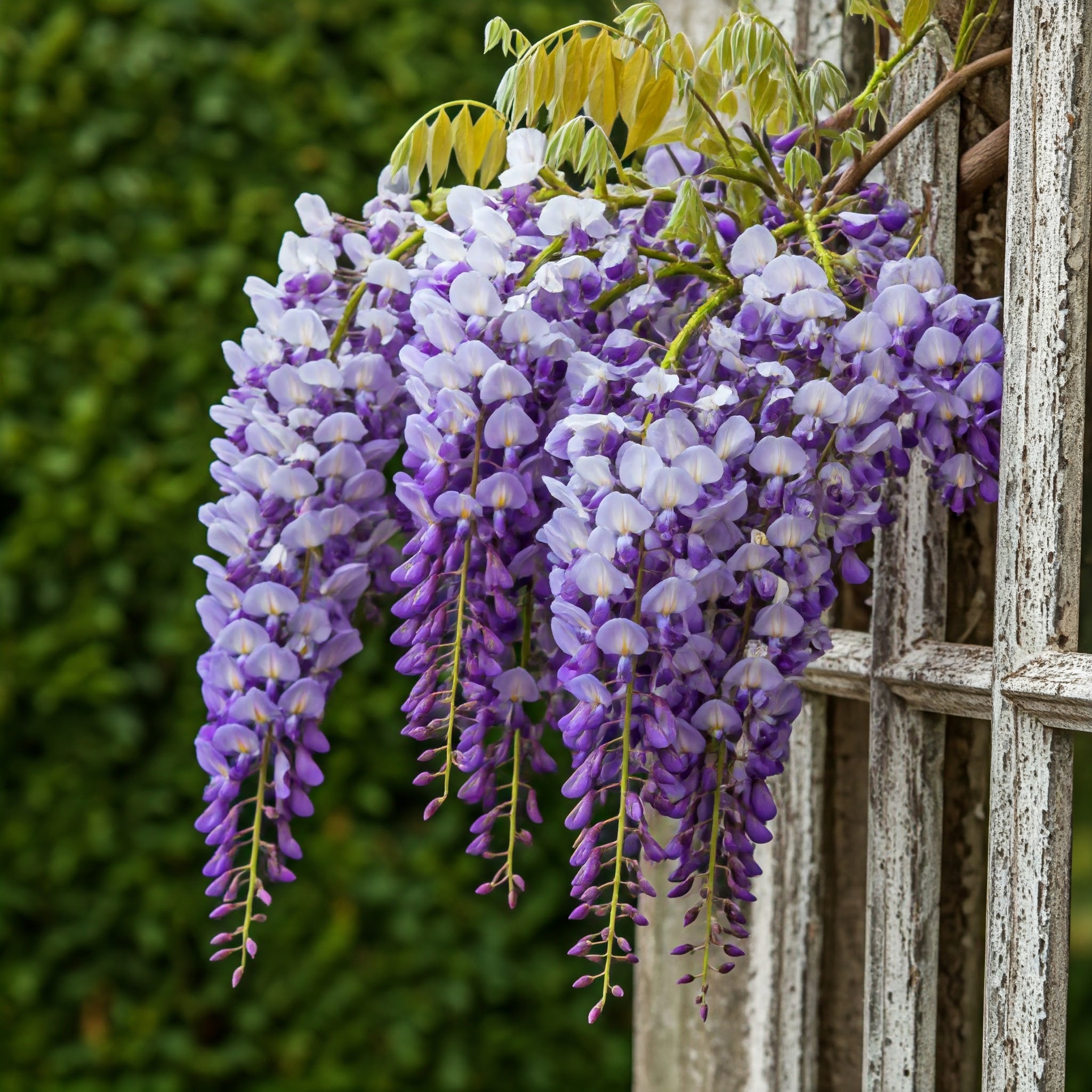
FAQs
What is the best time to plant purple flowers in the garden?
The best time to plant purple flowers in the garden is typically in the spring or fall when the weather is cool and the soil is moist. This will give the plants the best chance to establish themselves and thrive in their new environment.
Do purple flowers require a lot of maintenance?
While some purple flowers may require more maintenance than others, most are relatively low-maintenance and easy to care for. Regular watering, pruning, and fertilizing are typically all that is needed to keep your purple flowers healthy and blooming beautifully.
Can purple flowers grow in shaded areas?
While many purple flowers thrive in full sun conditions, there are also varieties that can tolerate partial shade. Be sure to read the plant tags or do some research to determine which purple flowers will thrive best in the lighting conditions of your garden.
What are some companion plants that pair well with purple flowers?
Some companion plants that pair well with purple flowers include white lilies, pink roses, and blue hydrangeas. These plants complement the purple blooms and create a visually stunning garden design.
How can I prevent pests and diseases from affecting my purple flowers?
To prevent pests and diseases from affecting your purple flowers, it is important to practice good garden hygiene, such as regularly removing dead leaves and debris, and inspecting plants for any signs of pests or diseases. Additionally, choosing disease-resistant varieties and using organic pest control methods can help keep your purple flowers healthy and thriving.




